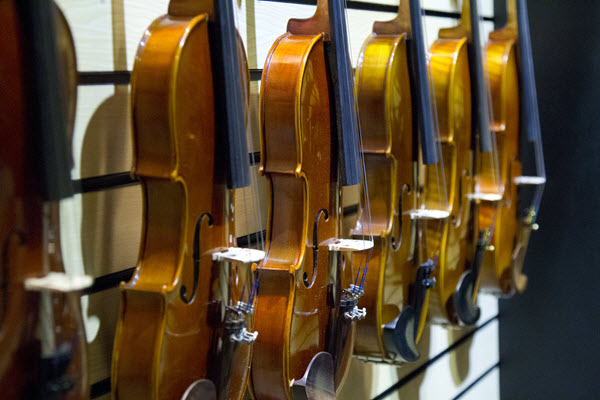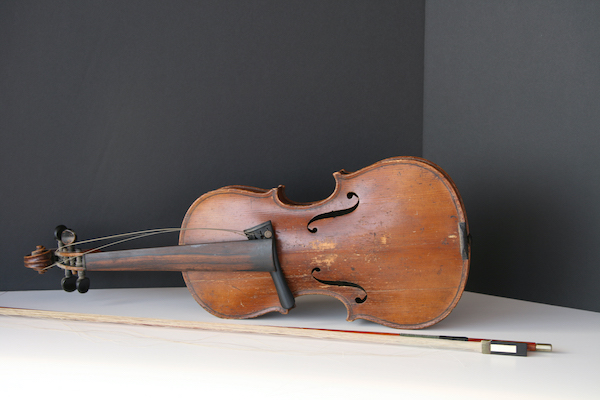Five More Things You May Not Know About String Instruments
From their origins to their construction, there’s a lot to learn.
In our blog “Five Things You May Not Know About String Instruments,” we covered some little-known facts about string instruments that even some experienced players may not be aware of. Here are five more things about string instruments that may surprise you.
1. No One Is Really Sure Where Violins Came From
String instruments date back to at least ancient Greek times. There were many types of stringed musical instruments then, such as the harp, lyre, phorminx and psalatery. Some were played with a bow, but the shapes were quite different from those we now recognize.
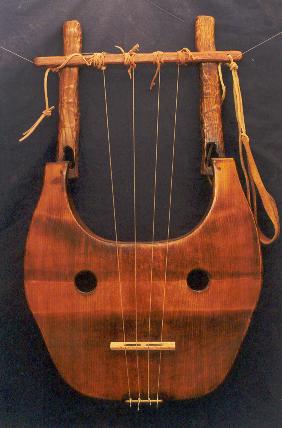
But how and exactly when these developed into modern string instruments is largely lost to history. By all accounts, the bowed instruments of today were largely the development of European instrument-making guilds in the 16th century, during what is now called the “Golden Age” of violin making. Italy was the leader, home of the great Cremonese School that brought forth the Amati design that was later the basis for designs by Gaspar d’Salo, Antonio Stradivari, Giuseppe Guarneri and other well-known violin-makers. The viola and cello also changed form during that era.
Bonus trivia: Perhaps you’ve heard that many early stringed instruments originally used “catgut” strings. It’s true that these were a byproduct of animal intestines — but they came from the intestines of sheep, not cats. The same material went into stringing tennis racquets up until the 20th century, before scientists developed polymers.
2. It Takes a Lot of Wood to Make a String Instrument
In general, it takes 70 pieces of wood to craft a string instrument, whether it’s a violin, viola, cello or bass. The back, ribs and neck are carved from maple, which is a rigid wood. Tops are normally spruce, which is much softer and helps produce a strong tone. Ebony and rosewood can be used for pegs, tailpiece, fingerboard and (in the case of violin and viola) chin rest. These are dense materials that hold up to long-term use.
Some parts may seem ornamental, as opposed to functional, but the reality is that every piece of wood plays an important role in contributing to the sound the instrument produces. It could be said that the most vital component is the sound post, which appears at first glance to be nothing more than a simple spruce dowel between the top and back of the instrument. However, without it, the instrument is useless, since the sound post acts to transfer the vibration of the strings from the top to the back of the instrument … which eventually produces the tone and is responsible for the sound projection. It’s interesting that in Spain, this small piece is referred to as the “Alma,” which translates in English as the “Soul” of the instrument.
The sound post is also the only internal part of a string instrument that isn’t glued into place — instead, a luthier will move it up and down to best fit the acoustics of the individual instrument. (The position of a sound post inside a violin is critical, and moving it by even very small amounts can make a big difference in sound quality and loudness.) The luthier also carves its ends to fit the internal shape of the top and back. Once a sound post is in place, only the pressure of the tuned strings keeps it in place.
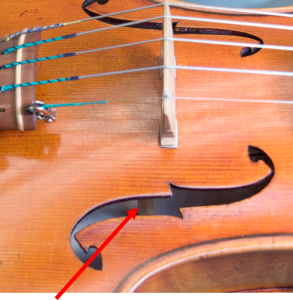
3. The Finish Plays a Very Important Role in the Sound
It can be said that there are as many ways to make a violin finish as there are to make a violin. Today, with the development of polyurethane finishes and aniline dyes, most finishes are synthetic. This allows for a fast application and a durable finish to protect the wood. In the early days of violin making, however, luthiers had to rely on more natural elements. Typically the varnish was a thickened oil with a few other additives to determine the color. It wasn’t unusual for a luthier and a pharmacist to collaborate on this aspect! Very often, the pharmacist was the most knowledgeable person in a village to determine exactly what mineral needed to be added to a varnish to create a desired color. These oil-based varnishes are very soft and allow the instrument to vibrate without confinement. Even today, oil varnishes are widely used in better grade string instruments, and over time they wear and develop a patina that gives each instrument a unique characteristic appearance.
4. The Purfling is There for an Important Reason
The purfling on the edges of a string instrument — the narrow decorative edge inlaid into the top plate and often the back plate as well — may appear to be purely ornamental, but actually has a very practical purpose. It serves to bind the top and back of the instrument and prevent cracks from forming as a result of changes in temperature and humidity. It also acts to strengthen the edges of the top and back to help withstand the kinds of minor bumps and bangs that occur during normal usage. To create it, the luthier first carves a channel along the edges of the top and back of the instrument and then inlays the purfling into that channel.

5. Graduation is Important Too
Graduation is the process of thinning the top and back of a string instrument, and it’s the most time-consuming task in making such an instrument. Luthiers will remove thin layers of wood from the inside of the top in different places using a small wood plane. Each slice removed will change the sound of the finished instrument. This is where art and physics meet up, as each top will have different acoustic characteristics. It’s up to the skill of the luthier to determine when an instrument’s top will provide the best sound possible after it is finished … and it’s a skill that takes many years to develop. While there are some suggested patterns available as a guide for a luthier, in the end no two instruments will ever have the same graduation pattern.
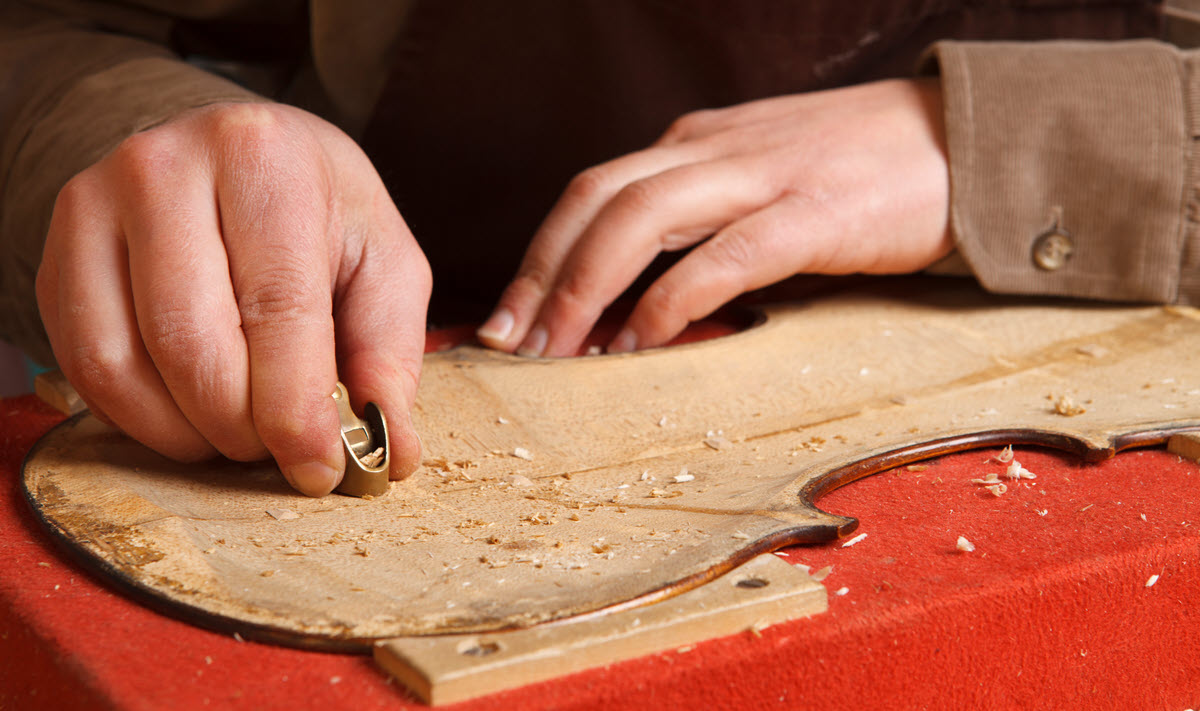
Phorminx image via Wikimedia Commons. Sound post photo by Chris Guin, Electric Violin Shop.
Check out these related blog articles:
Five Things You May Not Know About String Instruments
When Do You Need to Go to a Luthier?
Click here for more information about Yamaha acoustic string instruments.










